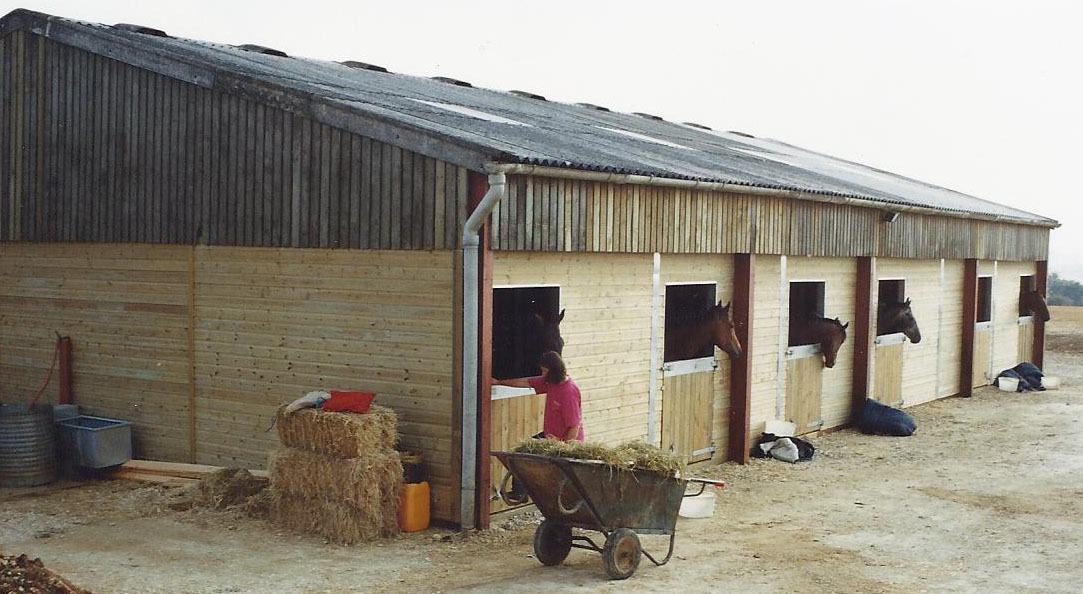Cold days and long nights mean that our horses are spending more and more time in their stable. Even the hardiest breed will benefit from being brought indoors during the frosts of the festive season, so it is important to ensure that your stable is in good repair. It is easy to miss signs of wear and tear on your stable when bringing in or turning out in the dark mornings and evenings, but to ensure your horse’s comfort and security regular checks must be made.
1. Walls and panels
Horses are strong, muscular creatures that can easily damage weakened walls. If you have a timber stable, check for gaps, cracks or bulging panels that can cause unwelcome draughts, not to mention untold damage to your horse. Weak or cracked panels can quickly become large holes that pose a threat to your horse if his limbs should become stuck in them or his body be impaled by splintered wood. Cladding is the preferred method for stable walls as it has great strength, requires little maintenance and withstands all weathers. Reputable stable manufacturers should use pressure treated, preserved wood that has C16 or C24 classification (knots per square meter) for structural timber. If your timber is considerably compromised, then invest in the best for your horse this winter.
2. Stable doors
Perhaps the most important aspect of stable safety is a strong, sturdy stable door, and steel is the favoured material for its frame and bolts due to its incredible strength. Stable security is paramount to prevent him escaping onto the yard/nearby roads, so in addition to padlocking your gates, pay careful attention to the stable door, the hinges and of course the bolts themselves. Horses have a tendency to lean on and kick stable doors so watch for rusty or loose bolts or dropped doors and as it is only a matter of time before it falls or is pushed off completely.
3. Windows
Adequate ventilation is especially important during the winter months when horses are stabled for longer periods of time. Expiration, body heat and deep litter bedding can create a warm, damp environment in the stable that results in poor air quality and a perfect breeding ground for bacteria. Make sure that stable windows and vents are in good working order so that fresh air can circulate to promote good health for your horse and prevent any breathing conditions.
4. Roofs
Stable roofs are incredibly important to provide shelter from the elements but also to promote safety within the stable. The roof itself must be able to withstand extremes of weather such as heat of the summer and freezing temperatures in the winter. Corrugated roofs are usually the most popular choice, and these must be securely attached so that the wind does not rattle them and upset the occupant. Low hanging beams can pose a risk to taller horses who may hit their heads should they be startled, and modern stable manufacturers actually take this into account by factoring in high beams.

